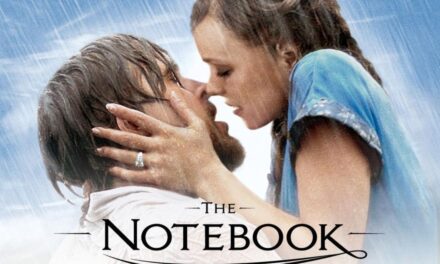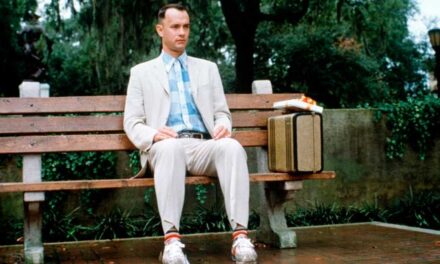The Patriot is a well-known film that was shot in various locations across South Carolina. These sites provided authentic settings that helped bring the story to life. Fans of the movie often want to know where key scenes were filmed and what areas were used for the battles and homes shown on screen.
The Patriot filming locations are spread throughout South Carolina, including places like Charleston, Rock Hill, and Chester County. These areas offered natural landscapes and historical buildings that fit the time period of the movie. The film’s use of real South Carolina sites adds to its strong sense of place and history.
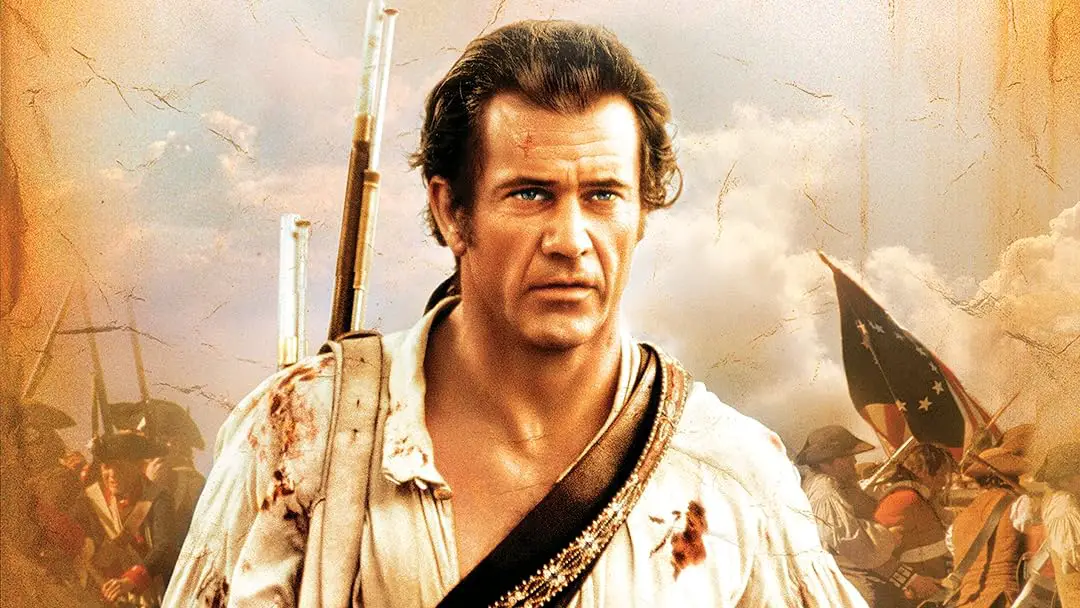
1) Middleton Place
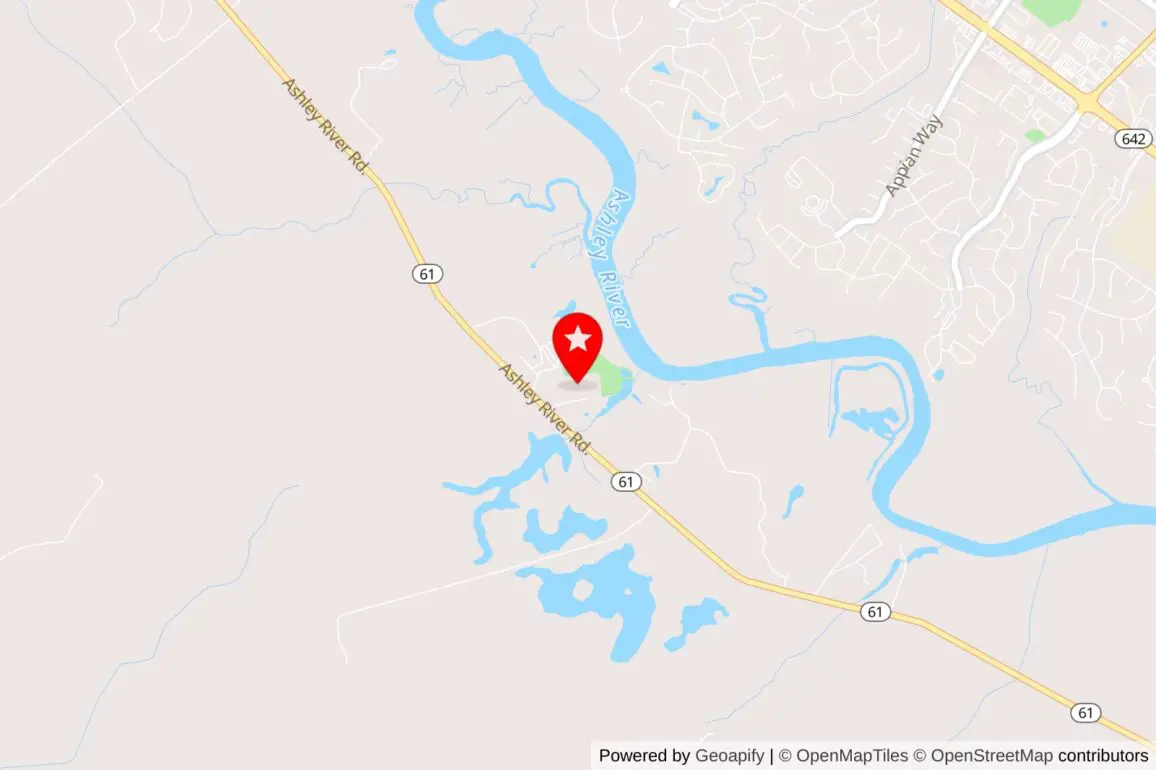
Middleton Place is a large historic plantation located along the Ashley River near Charleston. It dates back to the 1730s and is known for its beautiful, carefully maintained gardens. The site shows what life was like on a working rice plantation during the colonial period.
The plantation has several buildings that reflect its long history. Visitors can explore the gardens, old rice fields, and lodges. The grounds often host events and weddings, making it a popular place for both education and celebrations.
Middleton Place also operates as a museum where guests learn about the history of the area and the families who lived there. The setting provided an authentic backdrop for filming many scenes of “The Patriot,” fitting the movie’s 18th-century time period.
Location: 4300 Ashley River Rd, Charleston, SC 29414
2) Mansfield Plantation
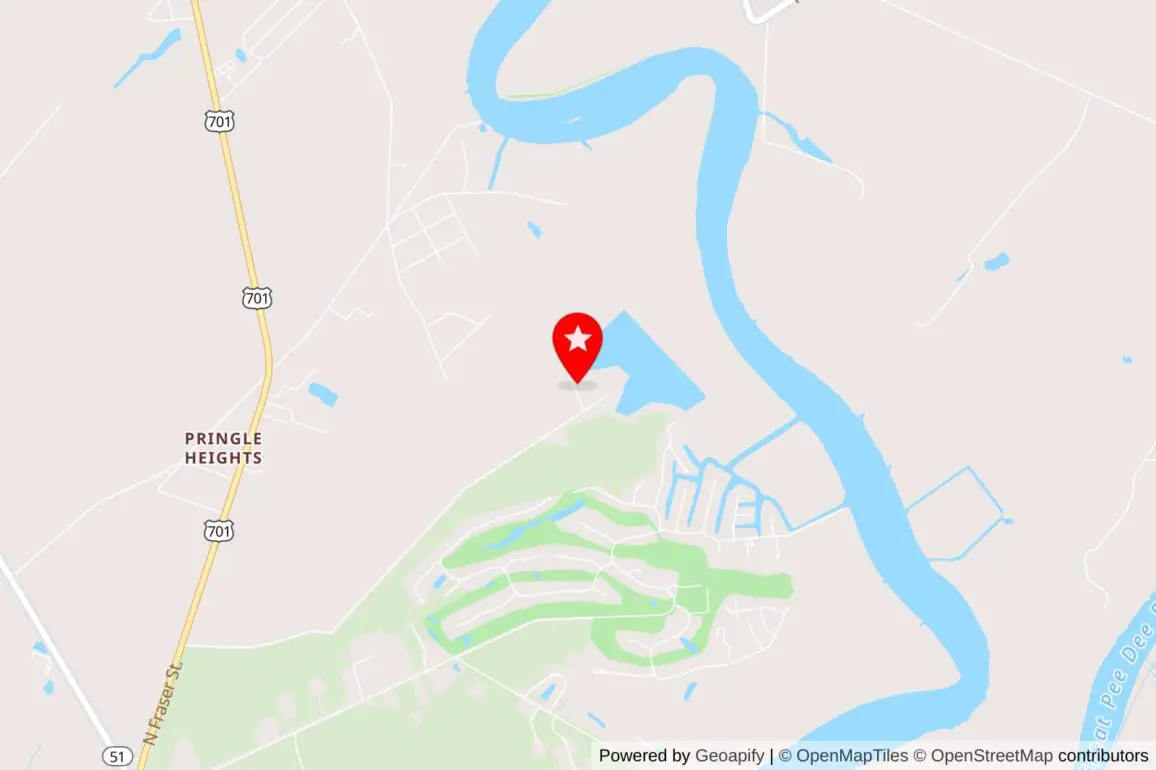
Mansfield Plantation is a historic site located in Georgetown, South Carolina. It was once a rice plantation and now serves as both a nature preserve and a bed and breakfast. Visitors can explore the elegant quarters that reflect the history of the area.
The plantation is known for its peaceful setting and natural beauty. Guests often enjoy using loaner bikes to tour the grounds. Complimentary breakfast is offered to those staying overnight, adding to the welcoming experience.
The site has gained recognition as a top romantic getaway and historical destination. It has received positive reviews for its charm and connection to South Carolina’s past. Mansfield Plantation also draws visitors interested in nature and history alike.
Location: 1776 Mansfield Rd, Georgetown, SC 29440
3) Historic Brattonsville
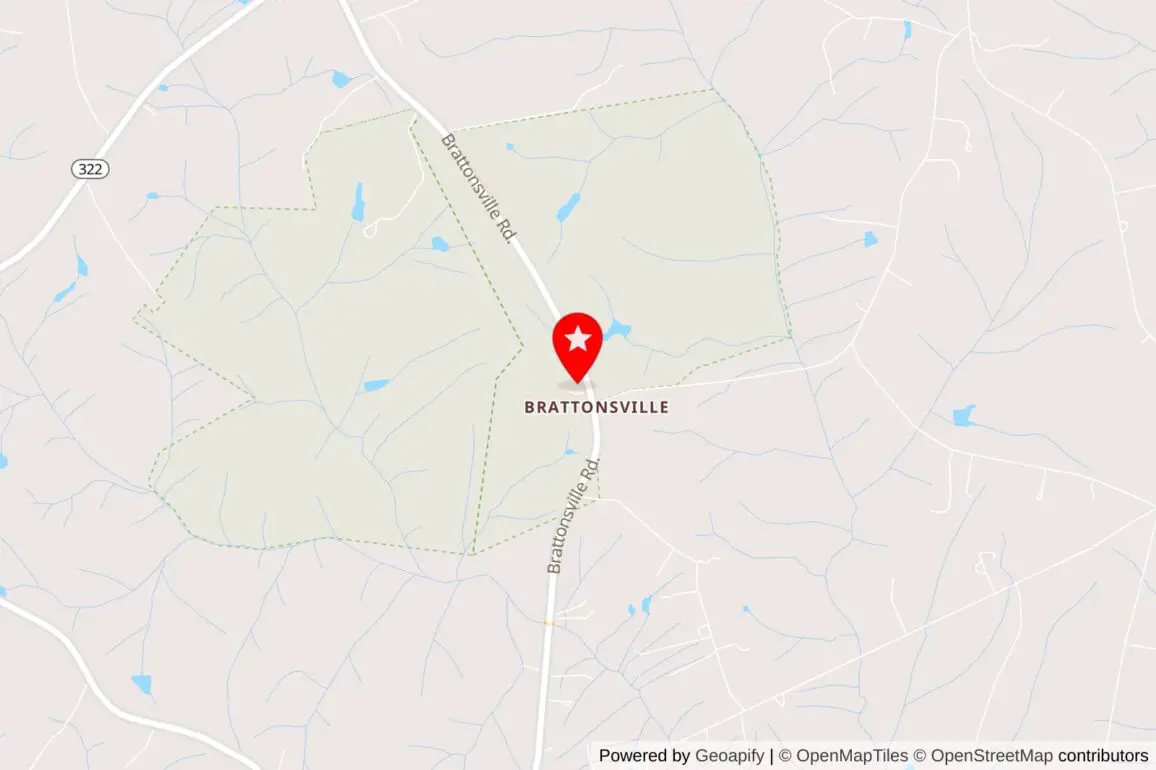
Historic Brattonsville shows life in South Carolina’s upcountry from the 1700s to the late 1800s. It preserves buildings and stories from the Brattonsville community, focusing on Scots-Irish and African-American history. Visitors can explore more than 30 historic structures that reflect Southern culture and architecture.
The site offers living history experiences with guides dressed in period clothing. They demonstrate how people farmed, cooked, and entertained themselves in the 18th and 19th centuries. Two Bratton family houses are temporarily closed for preservation.
Visitors can also walk the site of Huck’s Defeat, a Revolutionary War battlefield. Inside the Brick House, there is an exhibit about African-American life during Reconstruction after the Civil War. This helps visitors understand ongoing struggles for liberty in the area.
Location: 1444 Brattonsville Rd, McConnells, SC 29726
4) Old Exchange and Provost Dungeon
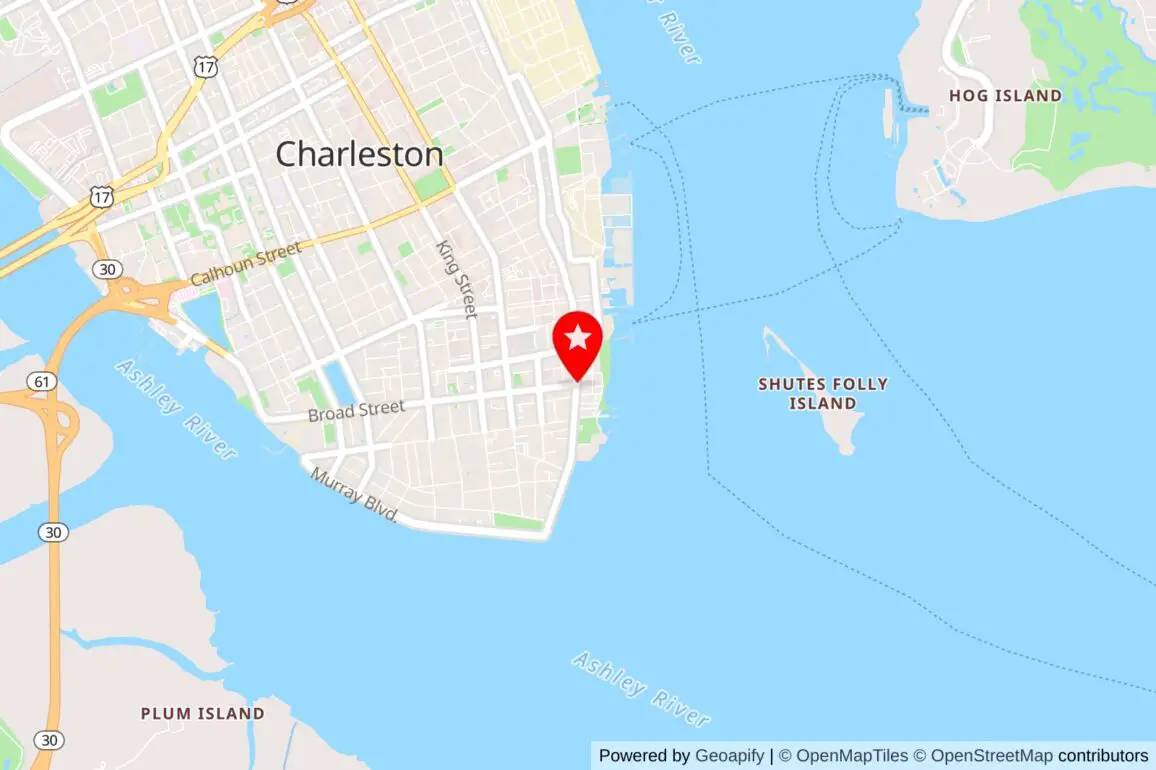
The Old Exchange and Provost Dungeon in Charleston is a historic building that once served as a prison during the Revolutionary War. It was also the City Hall and a place where important events in colonial and American history happened. Visitors can explore the site through self-guided tours.
The building plays an important role in Charleston’s history. It connects to different time periods, from the colonial era to modern preservation efforts. It gives insight into the political and social life of the city at those times.
The site offers educational programs focused on colonial and Revolutionary Charleston. It is open six days a week with limited hours on Sunday. Prices vary by age, with young children entering for free.
Location: 122 E Bay St, Charleston, SC 29401
5) Georgetown
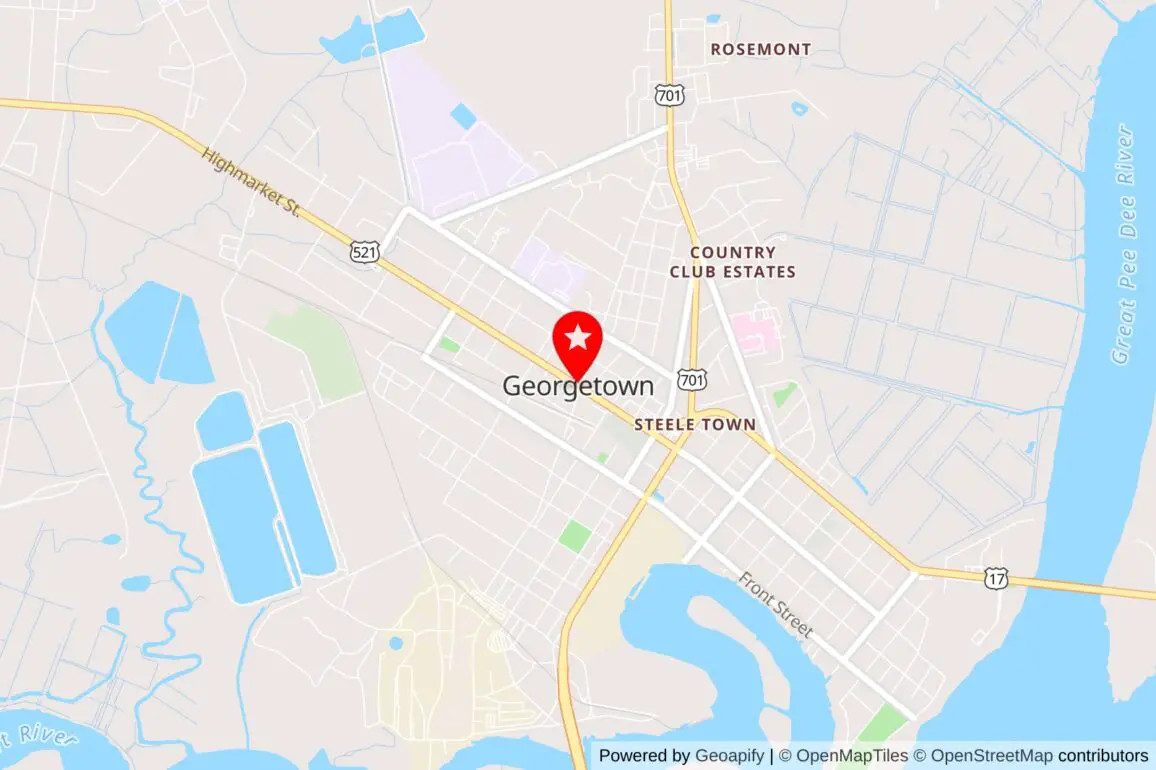
Georgetown is a historic coastal town in South Carolina. It offered a suitable setting for parts of “The Patriot” due to its well-preserved colonial architecture. The town’s old streets and waterfront helped create an authentic 18th-century atmosphere for the film.
Many scenes were shot near the waterfront area. The natural landscape and historic buildings added to the movie’s visual appeal. Georgetown’s charm made it an important location for depicting colonial America.
The town continues to attract visitors interested in history and film. Its mix of water views and historic sites provides a real sense of the past.
Location: Georgetown, SC
6) Drayton Hall
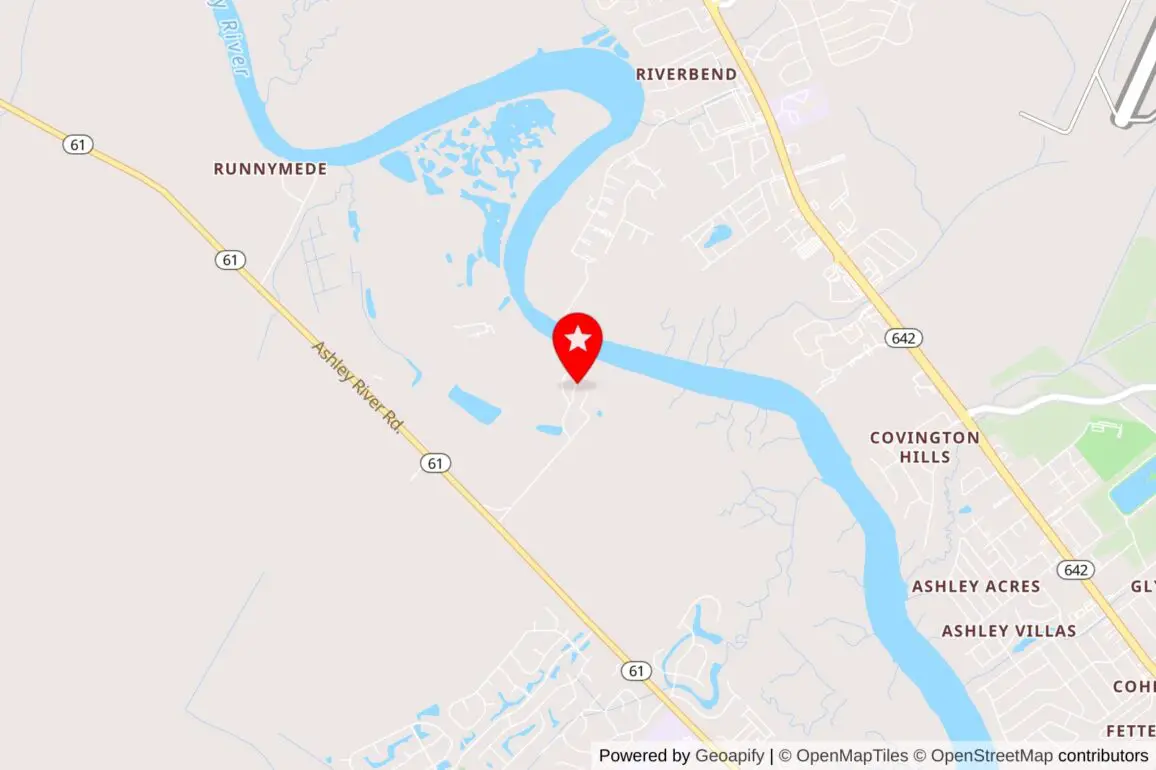
Drayton Hall is a well-preserved plantation located near Charleston. It stands as an important example of colonial architecture and life in the southern United States. Visitors can explore its historic house and peaceful gardens.
The site also includes an African-American cemetery, adding to its historical depth. The Drayton Hall Preservation Trust focuses on preserving the plantation and sharing the history of colonial America. It offers insights into the culture and changes of that era.
This location was used in filming because of its authentic atmosphere. The grounds provide a quiet and genuine setting that fits the time period of “The Patriot.” It is a popular spot for those interested in history and film.
Location: 3380 Ashley River Rd, Charleston, SC 29414
7) Boone Hall Plantation & Gardens
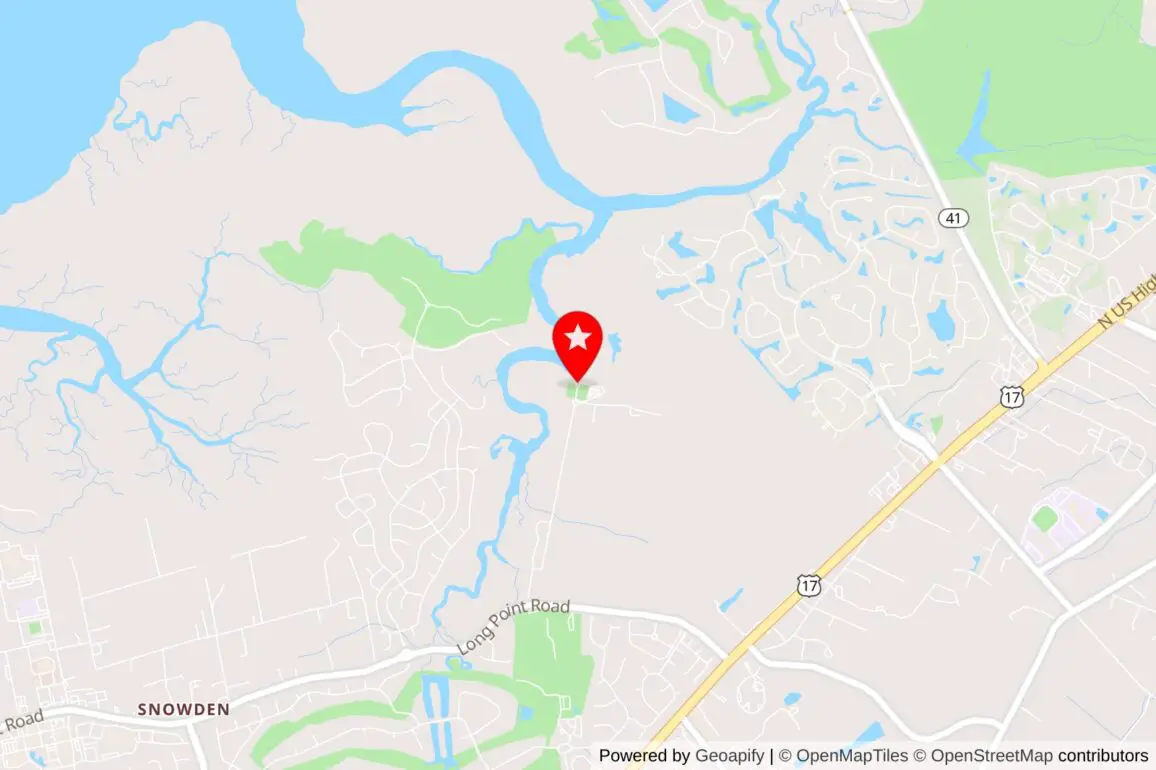
Boone Hall Plantation & Gardens is a historic working farm established in 1681. It is well-known for its long avenue lined with moss-draped live oak trees. These trees create a natural corridor that has grown over two centuries and is a popular feature for visitors.
The plantation offers tours that include the mansion, gardens, and original slave cabins. The house shown on the property was built in 1936 and features Georgian design with a mix of antique furnishings. Visitors can also take a tractor tour to see the 738 acres and learn about the farm’s ongoing operations.
Boone Hall is unique for its live Gullah culture presentations. Descendants tell stories, sing, and perform dances to share the history and heritage of the enslaved Africans and their descendants in the region. The gardens have seasonal plants, including antique roses, as well as a tropical conservatory with exotic plants and water features.
The site blends history, culture, and agriculture, giving visitors a broad view of life on a Southern plantation throughout its long history.
Location: 1235 Long Point Rd, Mt Pleasant, SC 29464
8) Cowpens National Battlefield Visitor Center

Cowpens National Battlefield marks an important battle in the American Revolution that took place in 1781. The site covers over 800 acres and offers visitors a chance to learn about the history through trails and exhibits. The battlefield is preserved to show the significance of the fight and the strategies used.
The visitor center provides detailed information about the battle and the soldiers who fought there. It serves as a hub for history lovers and tourists interested in this key moment in South Carolina’s past. The trails around the battlefield offer self-guided tours with informational signs.
Visitors can explore the grounds to understand the military tactics used by Patriot forces. The area is quiet and well-maintained, making it a good place for reflection on the events of the Revolutionary War. The site is popular for its educational value and outdoor experience.
Location: 4001 Chesnee Hwy, Gaffney, SC 29341
9) Cypress Gardens

Cypress Gardens is a well-known natural site in South Carolina. It features large cypress trees and swampy areas that create a unique landscape. The garden was used as a filming location in “The Patriot” to capture the natural southern environment.
Visitors can explore the area through boat tours, which offer views of the swamp and plants. The garden also has a butterfly house, adding to the variety of attractions. The mix of history and nature makes it a popular stop for tourists.
The site is protected as a nature preserve and historical landmark. This status helps maintain the natural beauty and cultural significance seen in the movie. The gardens provide a peaceful space for learning about South Carolina’s plants and wildlife.
Location: 3030 Cypress Gardens Rd, Moncks Corner, SC 29461
10) Friendfield Plantation Inc

Friendfield Plantation Inc is a historic site located near Georgetown, South Carolina. It offers visitors a glimpse into the past with its preserved grounds and buildings. The plantation is recognized as a tourist attraction and a historical landmark.
The property has been used as a filming location for “The Patriot,” adding to its appeal for fans of the movie. Visitors can walk around and see the areas where some scenes were shot. Its natural beauty and historical significance make it a point of interest.
The site is accessible by the public and provides a quiet setting for those interested in history and film. It also helps tell the story of South Carolina’s past through its preserved environment.
Location: 610 Ports Creek Dr, Georgetown, SC 29440
Historical Significance of The Patriot’s South Carolina Locations
The filming locations in South Carolina for The Patriot hold important ties to the real history of the American Revolution. These sites not only provide authentic scenery but also connect to key events and places from that era.
South Carolina’s Role in the American Revolution
South Carolina was a major battleground during the American Revolution. Battles like those at Camden and Cowpens were crucial in the Southern campaign against British forces. The state saw intense fighting, with local militias playing a key role in challenging the British Army.
The film’s setting reflects these historical realities. Having scenes filmed in actual South Carolina locations adds depth to the story, showing the land where many struggles for independence took place. The use of these sites highlights South Carolina’s impact on the overall success of the American cause.
Preserved Landmarks Featured in The Patriot
The Patriot features several well-preserved historical landmarks in South Carolina. Historic Brattonsville served as a filming site for the Continental encampment, showcasing an authentic 18th-century plantation environment.
Other locations include private farms and sites near Rock Hill and Camden. These places maintain landscapes and buildings similar to those from the revolution. The preservation of such landmarks adds realism and helps viewers see what life was like during that period.
| Location | Historical Importance | Role in Film |
|---|---|---|
| Historic Brattonsville | Revolutionary War battles, camps | Continental Encampment |
| Camden Plantation | British and Patriot conflict zones | Plantation scenes |
| Private farms near Rock Hill and Chester | Typical rural colonial setting | Battleground and countryside scenes |
Behind-The-Scenes Stories from Filming in South Carolina
Filming in South Carolina brought many unique experiences. The crew worked closely with local residents and faced challenges related to the landscape and weather. These factors shaped the production process in important ways.
Interactions with Local Communities
The filming of The Patriot involved significant cooperation with South Carolina locals. Many community members supported the production by providing services and locations. This helped create an authentic environment for the movie.
Local farmers and landowners allowed their properties to be used as filming sites, especially around Mansfield Plantation. The crew often engaged with residents to minimize disruption. Many locals were excited to see their area represented on screen and contributed small roles as extras.
Overall, the relationship between the filmmakers and South Carolina communities was collaborative. This cooperation helped maintain a smooth production schedule and ensured respect for the region’s heritage and land.
Production Challenges Unique to South Carolina
Several production challenges arose due to South Carolina’s environment. The hot and humid spring weather tested cast and crew endurance. Outdoor shoots often required careful scheduling to avoid midday heat.
The terrain also posed difficulties. Filming on plantations and around military bases involved strict permissions and balancing preservation with the need for realistic battle scenes. The production had to protect historic sites while building temporary sets.
Additionally, unexpected rainstorms delayed some shooting days. These weather changes required flexible planning and quick adjustments. Despite these obstacles, the crew managed to capture authentic Southern settings that enhanced the film’s historical feel.
Frequently Asked Questions
Many scenes from The Patriot were filmed at historic plantations and other carefully chosen locations in South Carolina. Key places like Middleton Place, Mansfield Plantation, and Historic Brattonsville helped create the film’s look. Other sites, such as the Old Exchange and Provost Dungeon and Georgetown, also played important roles.
Which plantations were used as filming locations for “The Patriot”?
Middleton Place and Mansfield Plantation were among the main plantations used. These locations provided authentic Southern settings for many outdoor and plantation scenes.
What locations doubled for Aunt Charlotte’s house in “The Patriot”?
Historic Brattonsville was used to represent Aunt Charlotte’s house. Its preserved buildings offered a genuine 18th-century atmosphere for the film.
Where was “The Patriot” beach battle scene shot?
The beach battle scene was filmed near Georgetown, South Carolina. This coastal area matched the look needed for the water and shoreline scenes.
Has Boone Hall Plantation been featured in “The Patriot”?
Boone Hall Plantation was not featured in the film. The movie relied mainly on other plantations and historical sites for its settings.
How did Middleton Place contribute to the setting of “The Patriot”?
Middleton Place offered well-preserved gardens and buildings that enhanced the period feel of the movie. Its authentic environment helped create a believable colonial backdrop.
Did “The Patriot” portray historically accurate events?
The film includes historical events but takes creative liberties for storytelling. While it captures the spirit of the Revolutionary War, some details and timelines are altered.



